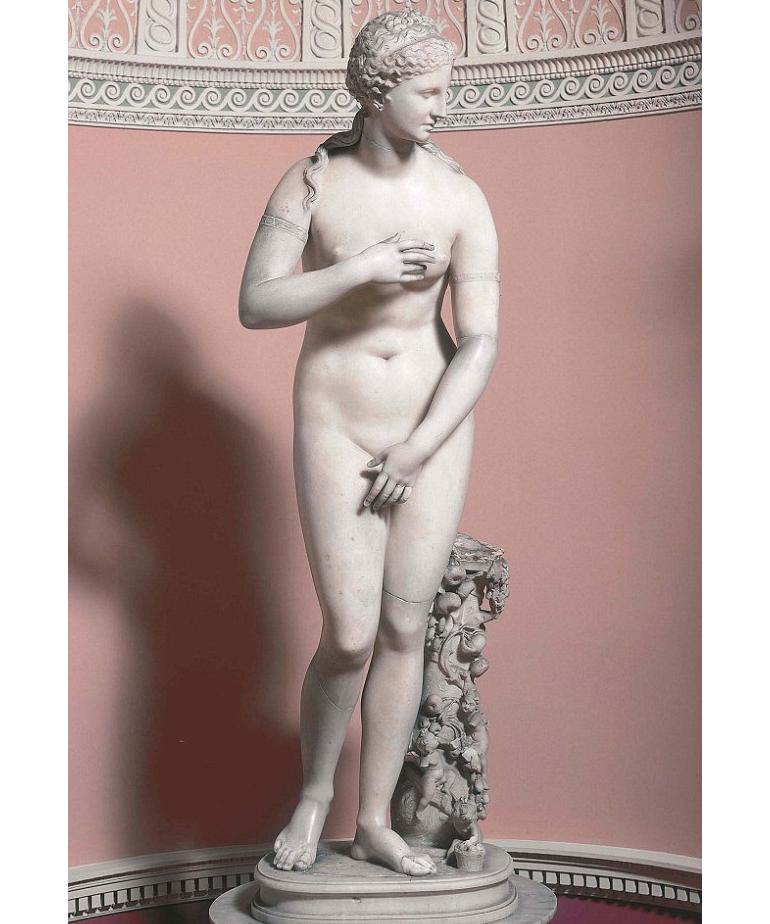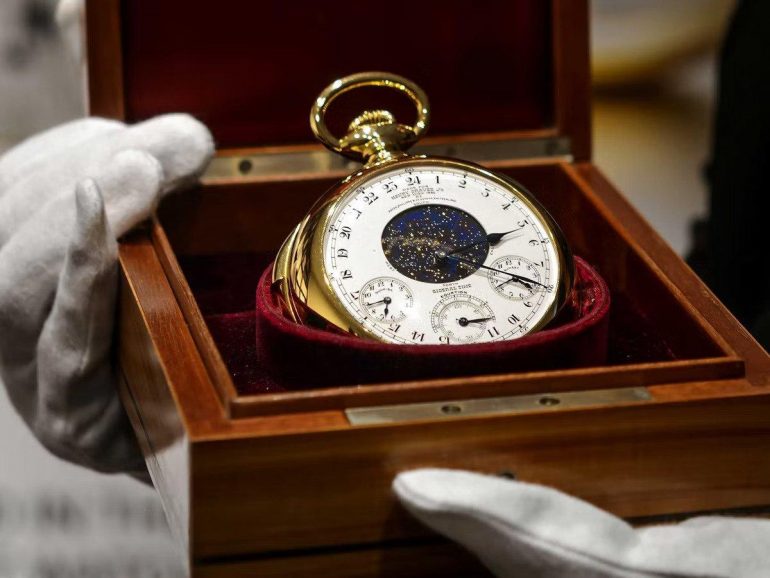Sheikh Saud Bin Mohammed Bin Ali Al-Thani, an avid art collector, served as the country’s president of the National Council for Culture, Arts, and Heritage for eight years. During this tenure, he amassed artwork from around the world amounting to an estimated $1.5 billion making him the titan of art and auctions. In addition to painting an image of riches, extravagance, and refined taste, the Qatari royal also managed to deliver a lesser-seen side of royalty- debts, downfall, and death. In a short life of 48 years, he rocked the art world, left auction houses hanging, and turned his passion for finer things into his pleasure and his punishment.

Sheikh Saud was the most prominent art collector of his time-
Georgina Adam, editor-at-large of The Art Newspaper, stated, ‘Sheikh Saud was a passionate art collector with a great eye.’ He indeed was, for the man splurged a whopping $1 billion on art between 1996 and 2004. An equally keen interest in photography led him to spend $15m on 136 vintage photographs, including significant works by Man Ray and Alfred Stieglitz from the collection of Hamburg photographer Werner Bokelberg, per Daily Mail.

The prince didnt bat an eyelid before buying the precious $5m Fabergé egg in Christie’s New York, an ultra-expensive $4.6m set of Audubon’s Birds of America, and a $7.9m Roman marble statue, the Jenkins Venus. The crowning glory of his collection was the $3m Clive of India flask that he fought London’s V&A to purchase. The sheikh did not bat an eye-lid before paying huge sums of money for well, any art. In 2003 he paid $150,000 for an Iranian pottery tille which was estimated to be worth a mere $2000.

So vast was the collection accumulated by Sheik Saud that made up the bulk of holdings in five existing museums, namely, the Museum of Islamic Art, the National Library, the Natural History Museum, a Photography Museum, and a museum for traditional textiles and clothing. In an exclusive Forbes interview, he shared, “I go by masterpieces. Pieces from an important church, a major family, a great collection, these really interest me, they have history and provenance. You get them in the best possible condition, and there are no problems of authenticity.” He continued, “I want visitors to see the very best, or nothing at all. This is a way of ensuring that my successor will have to collect at the same level, I will set the standard.”

He embezzled millions from family members-
It wouldn’t be wrong to say that Al-Thani’s love for art surpassed his budget. Buying a bulk of fine textiles, Egyptian antiquities, natural history prints, precious stones, jewelry, fossils, narwhal tusks, art-deco furniture, vintage cars, and bicycles was an expensive shopping list, even for a royal.

Things went south for the art-obsessed cousin of Qatar’s Emir when he allegedly used a London dealer to fake invoices, misleading the Qatari government about the value of the items he bought. Sheik Saud was sacked as the country’s national culture council leader and placed under house arrest in Qatar. The family members suffered even after his death. Qatar’s ruling family was sued for $7.5 million as the late prince’s estate still owed payment for the British Guiana collection of stamps won at auction before his death.

Mounting debt woes-
The fake invoices were not the only problem; the dealers’ QC, Jeffrey Gruder, accurately dubbed the man an ‘inveterate gambler’ who could not stop himself from spending truckloads of money on several objet d’art that he couldn’t afford, followed by walking away from his obligations. ‘He bids, wins, and then doesn’t pay. One can only conclude that this is a person acting dishonorably and disreputably. He is bidding when he knows he’s not going to be able to pay,’ the barrister claimed. ‘Perhaps in a perverse way, he enjoys the process of bidding. If one wants to be an amateur psychiatrist, maybe he is like an inveterate gambler who can’t stop himself gambling at Ladbrokes every day.’

If his art collection was impressive, Sheikh Saud’s total unpaid bill to auctioneers was even more overwhelming. The Qatari owed a whopping $4.3 million to Bonhams, another eye-watering $42 million to Sotheby’s, and then some more to five other auction houses. At one point, things got so bad the bankrupt prince pledged his rare $24 million Patek Philippe Grave complication to Sotheby’s to help cover an enormous amount of debt he had collected by defaulting on payments for various purchases.

